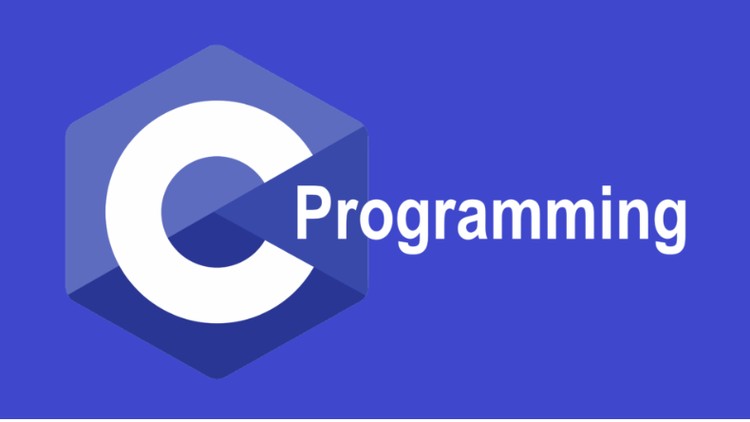(C Programming Tutorials)
C struct
In this tutorial, you’ll learn about struct types in C Programming. You will learn to define and use structures with the help of examples.
How to define structures?
Before you can create structure variables, you need to define its data type. To define a struct, the struct keyword is used.
Syntax of struct
struct structureName
{
dataType member1;
dataType member2;
...
};
Here is an example:
struct Person
{
char name[50];
int citNo;
float salary;
};
Here, a derived type struct Person is defined. Now, you can create variables of this type.
Create struct variables
When a struct type is declared, no storage or memory is allocated. To allocate memory of a given structure type and work with it, we need to create variables.
Here’s how we create structure variables:
struct Person
{
char name[50];
int citNo;
float salary;
};
int main()
{
struct Person person1, person2, p[20];
return 0;
}
Another way of creating a struct variable is:
struct Person
{
char name[50];
int citNo;
float salary;
} person1, person2, p[20];
In both cases, two variables person1, person2, and an array variable p having 20 elements of type struct Person are created.
Access members of a structure
There are two types of operators used for accessing members of a structure.
.– Member operator->– Structure pointer operator (will be discussed in the next tutorial)
Suppose, you want to access the salary of person2. Here’s how you can do it.
person2.salary
Example: Add two distances
// Program to add two distances (feet-inch)
#include <stdio.h>
struct Distance
{
int feet;
float inch;
} dist1, dist2, sum;
int main(){
printf("1st distancen");
printf("Enter feet: ");
scanf("%d", &dist1.feet);
printf("Enter inch: ");
scanf("%f", &dist1.inch);
printf("2nd distancen");
printf("Enter feet: ");
scanf("%d", &dist2.feet);
printf("Enter inch: ");
scanf("%f", &dist2.inch);
// adding feet
sum.feet = dist1.feet + dist2.feet;
// adding inches
sum.inch = dist1.inch + dist2.inch;
// changing to feet if inch is greater than 12
while (sum.inch >= 12)
{
++sum.feet;
sum.inch = sum.inch - 12;
}
printf("Sum of distances = %d'-%.1f"", sum.feet, sum.inch);
return 0;
}Output
1st distance Enter feet: 12 Enter inch: 7.9 2nd distance Enter feet: 2 Enter inch: 9.8 Sum of distances = 15'-5.7"
Keyword typedef
We use the typedef keyword to create an alias name for data types. It is commonly used with structures to simplify the syntax of declaring variables.
This code
struct Distance{
int feet;
float inch;
};
int main() {
struct Distance d1, d2;
}
is equivalent to
typedef struct Distance{
int feet;
float inch;
} distances;
int main() {
distances d1, d2;
}
Nested Structures
You can create structures within a structure in C programming. For example,
struct complex
{
int imag;
float real;
};
struct number
{
struct complex comp;
int integers;
} num1, num2;
Suppose, you want to set imag of num2 variable to 11. Here’s how you can do it:
num2.comp.imag = 11;
Why structs in C?
Suppose, you want to store information about a person: his/her name, citizenship number, and salary. You can create different variables name, citNo and salary to store this information.
What if you need to store information of more than one person? Now, you need to create different variables for each information per person: name1, citNo1, salary1, name2, citNo2, salary2,etc.
A better approach would be to have a collection of all related information under a single name Person structure and use it for every person.
Disclaimer: The information and code presented within this recipe/tutorial is only for educational and coaching purposes for beginners and developers. Anyone can practice and apply the recipe/tutorial presented here, but the reader is taking full responsibility for his/her actions. The author (content curator) of this recipe (code / program) has made every effort to ensure the accuracy of the information was correct at time of publication. The author (content curator) does not assume and hereby disclaims any liability to any party for any loss, damage, or disruption caused by errors or omissions, whether such errors or omissions result from accident, negligence, or any other cause. The information presented here could also be found in public knowledge domains.
Learn by Coding: v-Tutorials on Applied Machine Learning and Data Science for Beginners
Latest end-to-end Learn by Coding Projects (Jupyter Notebooks) in Python and R:
All Notebooks in One Bundle: Data Science Recipes and Examples in Python & R.
End-to-End Python Machine Learning Recipes & Examples.
End-to-End R Machine Learning Recipes & Examples.
Applied Statistics with R for Beginners and Business Professionals
Data Science and Machine Learning Projects in Python: Tabular Data Analytics
Data Science and Machine Learning Projects in R: Tabular Data Analytics
Python Machine Learning & Data Science Recipes: Learn by Coding
R Machine Learning & Data Science Recipes: Learn by Coding
Comparing Different Machine Learning Algorithms in Python for Classification (FREE)
There are 2000+ End-to-End Python & R Notebooks are available to build Professional Portfolio as a Data Scientist and/or Machine Learning Specialist. All Notebooks are only $29.95. We would like to request you to have a look at the website for FREE the end-to-end notebooks, and then decide whether you would like to purchase or not.
